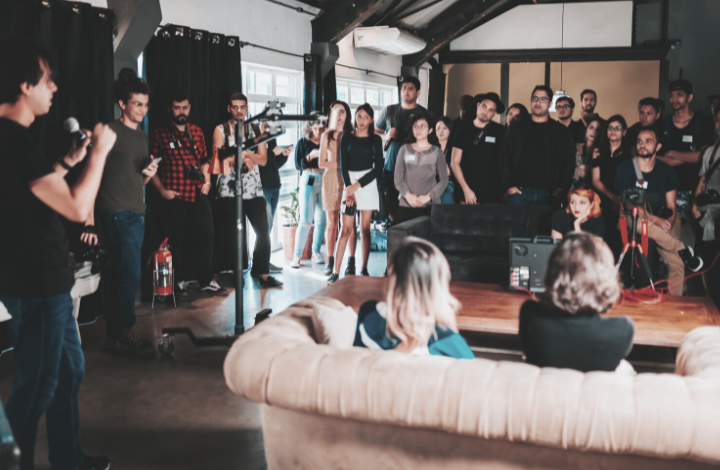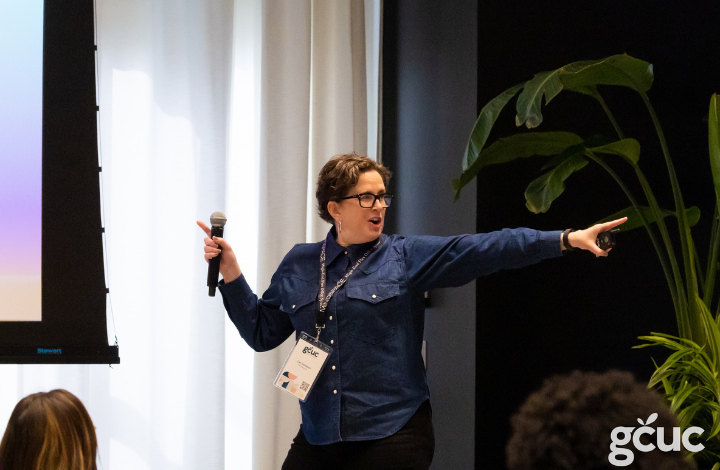When I moved back to Utah after living in Santa Cruz, California for 28 years, I knew no one in the local business community. I had a great network in the Bay Area, but here in the Rockies I was an absolute nobody.
So I (of course) joined a coworking space, and started attending area events.
It was so informative to be a newbie at networking events because I realized that it’s really hard to find your place in a big community of people who are already connected. More than a few times I’ve found myself wandering around the edges of an event, looking for anyone who was remotely familiar.
It is awkward and demoralizing to have people all around you laughing and talking, and not know a single person. Some people would just step into a conversation, introduce themselves and start talking. But at heart I’m pretty introverted. I like to feel out a situation, find my natural place in it and move from there rather than barge in and announce my presence.
And don’t even get me started on all those unbearable, dusty old networking events where everyone walks around with a plastic cup and small plate making small talk and doing our best to avoid the dude who’s pitching everyone in sight.
Brutal.
Thank God for coworking. In coworking, networking is just another form of community building. Whether you’re at a one-off event, a weekly gathering for members or are a regular member whose network grows organically with every conversation, coworking gives us an opportunity to rethink networking.
Here are six examples of how networking in a great coworking space is different:
- Well run coworking communites provide an entry point for newcomers. There are intentional introductions and connections made the moment a member joins.
- Coworking spaces have facilitated conversations. Whether lunch and learns, workshops, or meetups, these conversations give context to connections and help people gather around shared interests.
- Coworking community builders are creating a diverse ecosystem that gets better and stronger with each new member. The good space operators know this and focus on the incredible value a great ecosystem provides.
- Human-first networking (rather than sales-first networking) contributes to the transformation-over-transaction of coworking. If we’re going to be working near each other for the foreseeable future, pitching me your product borders on ridiculous. A far more valuable approach is to find ways to collaborate and support each other.
- Coworking events can be right-sized for the people involved. I guess it’s a flex to have 300 people at a networking event, but if no one is connecting, the size flex is meaningless.
- We’re always learning. In coworking communities, sometimes we’re the teacher and sometimes we’re the student. This may be the best example of the power of diverse coworking communities. One week I’m teaching a workshop on building a brand community in my home space and the next I’m taking notes as a fellow member walks us through their favorite AI tools.
Networking in your space
If you run a coworking space, I encourage you to reimagine your networking efforts as community building. Whether attendees are members or not, the most powerful thing you can do for your brand and business is to position your space as a place of connection, learning and belonging.
Imagine people walking away from your event or space saying, “That was amazing. I met so many cool people.”
Think they’ll tell a few friends about their experience and attend the next event you have? Undoubtedly, yes.
Think bigger about the impact you can have on your members, your local community, your region and beyond. Don’t settle for just renting desks to people. You have, within your space and community, the power to truly transform lives.
Get after it, friends.
Elevate your indie coworking space and brand in The Lab.
Get the education, support and community you neeD





